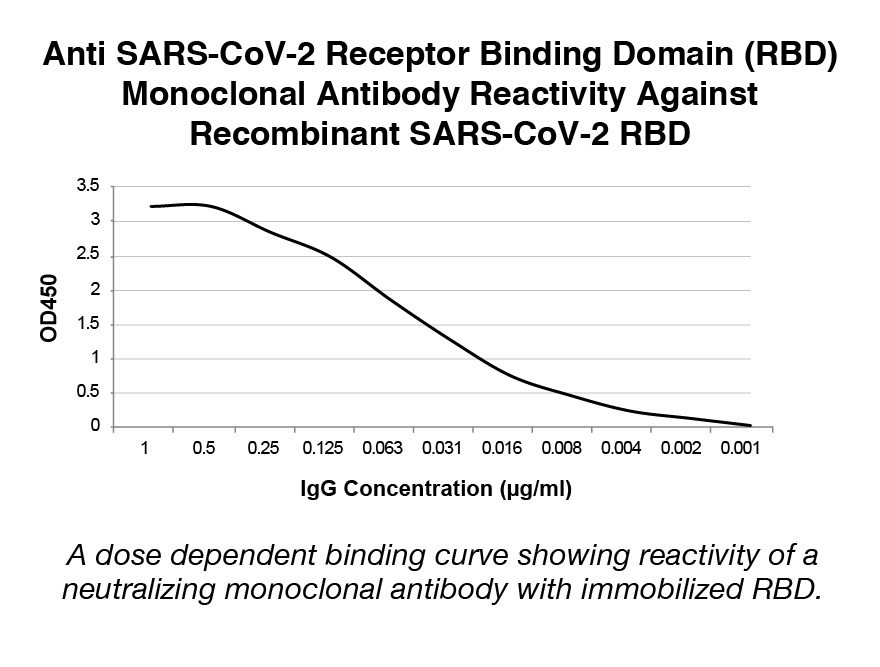COVID-19 Trace™ IgG MICRO-ELISA Kit
Product Code:
LEI-S1500
LEI-S1500
Regulatory Status:
RUO
RUO
Application:
Enzyme-Linked Immunosorbent Assay (ELISA)
Enzyme-Linked Immunosorbent Assay (ELISA)
No additional charges, what you see is what you pay! *
| Code | Size | Price |
|---|
| LEI-S1500-90Tests | 90 Tests | £472.00 |
Quantity:
Prices exclude any Taxes / VAT



